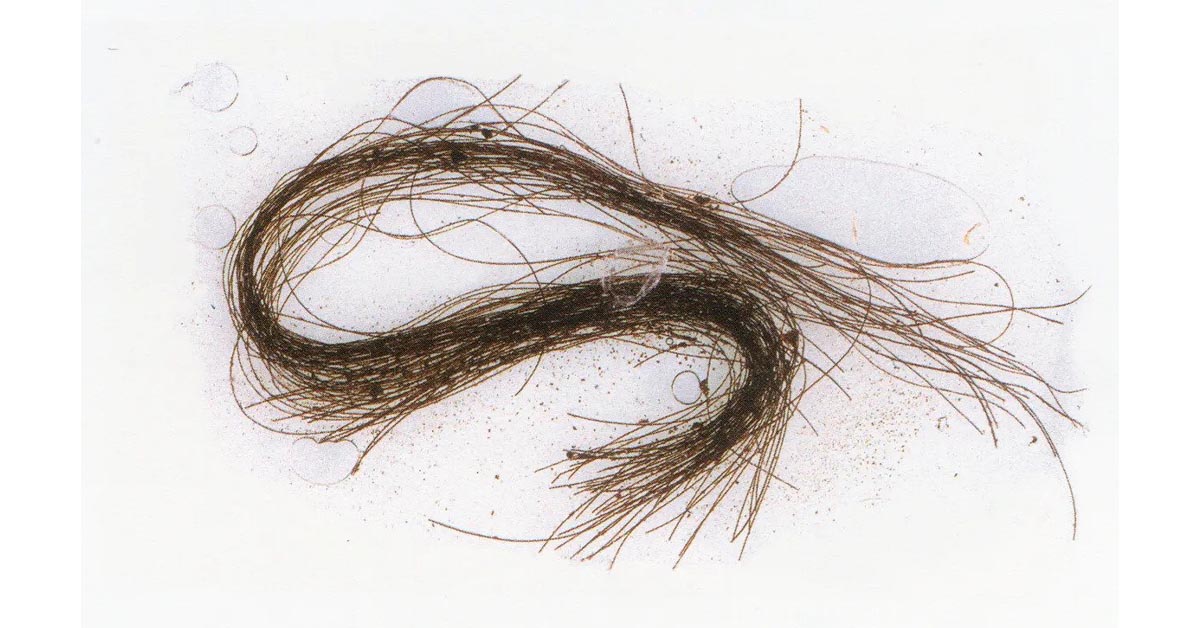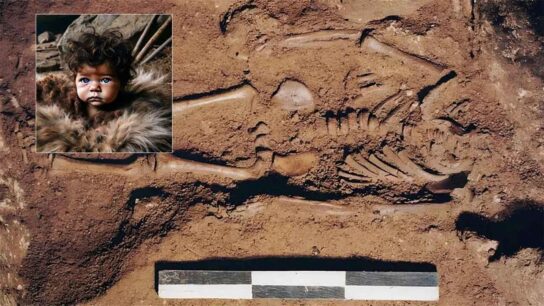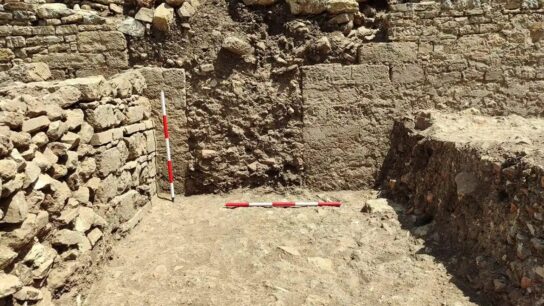First direct evidence of drug use as part of Bronze Age ritual ceremonies in Europe
Locks of hair that may have belonged to Bronze Age shamans in Menorca, Spain, have been found to contain traces of psychoactive alkaloids.
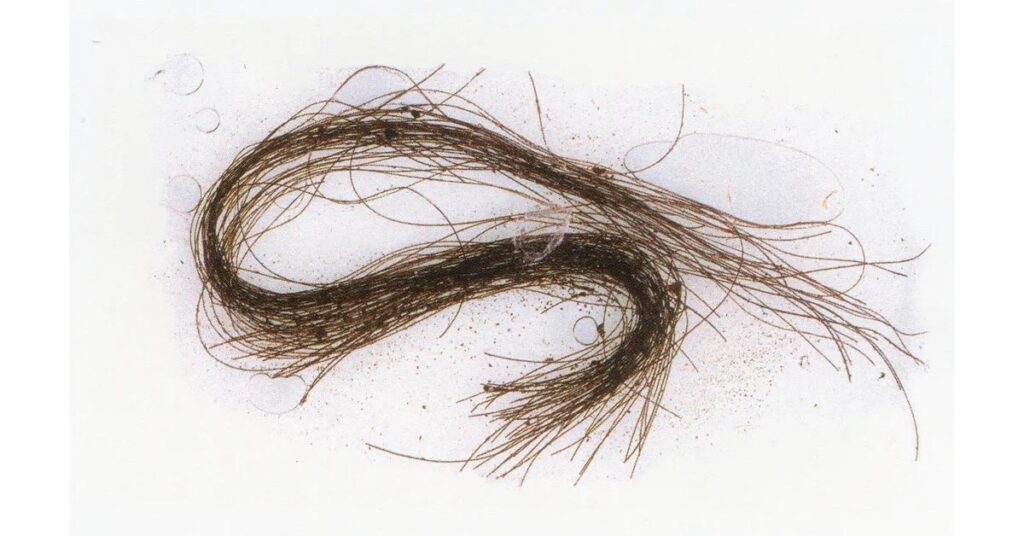
Hidden in a secret compartment at the back of a burial cave, the hair samples provide the first direct evidence of hallucinogenic drug use in ancient Europe.
Dated to around 3,000 years ago, the hair strands tested positive for the alkaloids scopolamine and atropine – both of which are known to cause hellish deliriums – as well as the stimulant ephedrine.
The peculiar discovery was made in the Es Càrritx cave, which sits on the Balearic island. Speaking to IFLScience, study author Elisa Guerra-Doce explained that “the cave was in use from 1600 BCE and became a funerary site slightly later – around 1400 BCE. Part of the cave continued to be used as a place for burials until around 800 BCE.”
Previous excavations have revealed that at least 210 individuals were interred in the cave during this 600-year period and that some of the deceased had their hair dyed red. A few strands of colored hair were then sometimes placed in small tubes crafted from wood or antler and placed next to their dead owner’s corpse.
However, in a new study, Guerra-Doce and her colleagues document the discovery of “a small space deep in the cave that had remained sealed since [about 800 BCE].” Dug out of the rock and concealed beneath a layer of clay, the hidden nook contained a stash of ten tubes with dyed hair inside, as well as other wooden, ceramic, and bronze items.
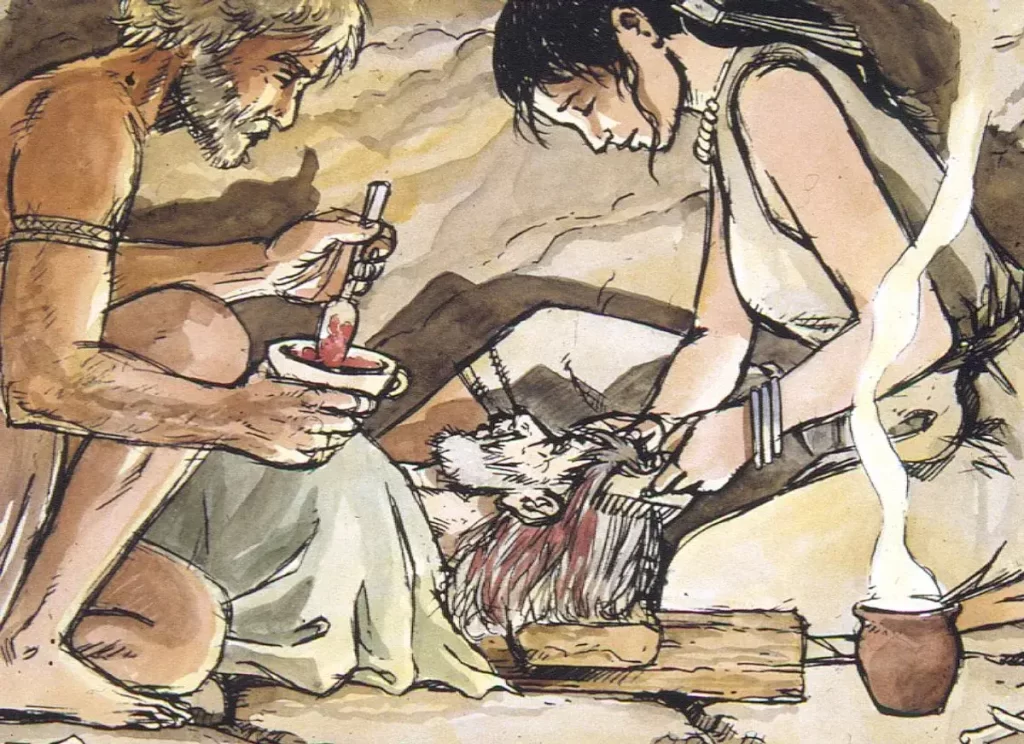
Using ultra-high-performance liquid chromatography and high-resolution mass spectroscopy, the researchers detected the presence of scopolamine, atropine, and ephedrine in these hidden hair samples. “The interesting thing about this work is that it documents the consumption [of hallucinogenic plants] in human samples for the first time,” explained Guerra-Doce.
“Previously, plants with psychoactive properties had been documented in numerous archaeological contexts – including some that are much older than Es Càrritx – but these were all indirect evidence,” she says. Indeed, excavations across Europe have found opium poppy residues and other plant material on ancient pots or other containers.
“The presence of these plants at these sites doesn’t necessarily mean that they were exploited as drugs,” continues Guerra-Doce. “But our study shows that these people actually consumed these drugs, which were derived from various plants.”
Scopolamine and atropine, for instance, occur in plants belonging to the infamous datura group, as well as certain other types of nightshade.
According to the researchers, these alkaloids have the capacity to generate “extreme mental confusion, strong and realistic hallucinations, disorientation… [and] out-of-body experiences and a feeling of alteration of the skin, as if growing fur or feathers.”
“Considering the potential toxicity of the alkaloids found in the hair, their handling, use, and applications represented highly specialized knowledge,” continue the study authors. “This knowledge was typically possessed by shamans.”

Based on this assumption, Guera-Doce says it’s likely that the hair in the hidden containers belonged to Bronze Age shamans. “The use of these substances may have been restricted to those with special knowledge of how to manipulate them,” she says.
Intriguingly, the tubes containing the hair samples were decorated with concentric circles, which may represent eyes and therefore allude to the “inner vision” obtained by shamans who ingested hallucinogenic plants.
Addressing the mystery of why these artifacts were deliberately hidden, Guerra-Doce says there is some evidence that the population of Menorca experienced “social instability” around 3,000 years ago. “In this context, in the cave of Es Càrritx, some individuals reluctant to abandon ancient traditions, concealed a collection of ritual objects belonging to certain members of the community, possibly shamans, in the hope that the former social order could be re-established in the future,” write the researchers.
“And the best location to assure the protection of the assemblage was found going deeper inside the burial ground of the ancestors.”
The study is published in the journal Scientific Reports.

